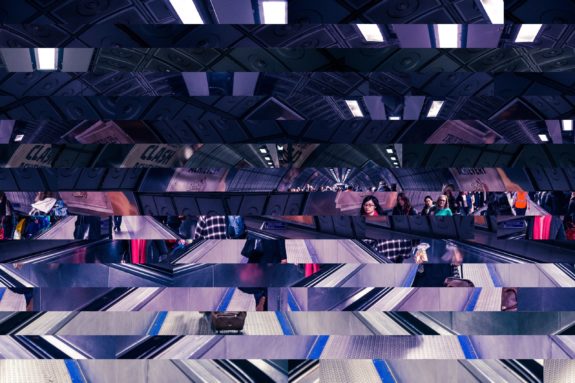Predictive uncertainties in classification tasks are often a consequence of model inadequacy or insufficient training data. In popular applications, such as image processing, we are often required to scrutinise these uncertainties by meaningfully attributing them to input features.
This helps to improve interpretability assessments. However, there exist few effective frameworks for this purpose. Vanilla forms of popular methods for the provision of saliency masks, such as SHAP or integrated gradients, adapt poorly to target measures of uncertainty. Thus, state-of-the-art tools instead proceed by creating counterfactual or adversarial feature vectors, and assign attributions by direct comparison to original images. This paper presents a novel framework that combines path integrals, counterfactual explanations and generative models, in order to procure attributions that contain few observable artefacts or noise. We evidence that this outperforms existing alternatives through quantitative evaluations with popular benchmarking methods and data sets of varying complexity.
To discover the method on how Featurespace explains model uncertainties in deep networks, download the full research paper here.
You can also read our article ‘How to make artificial intelligence articulate doubt’ here.
Share

